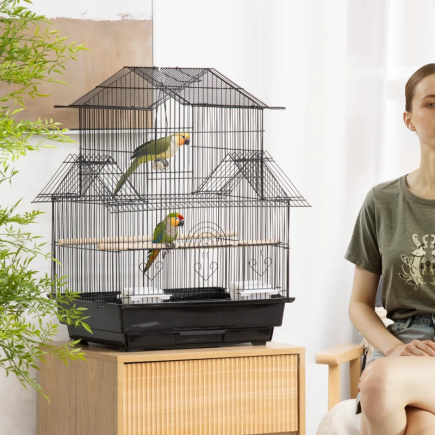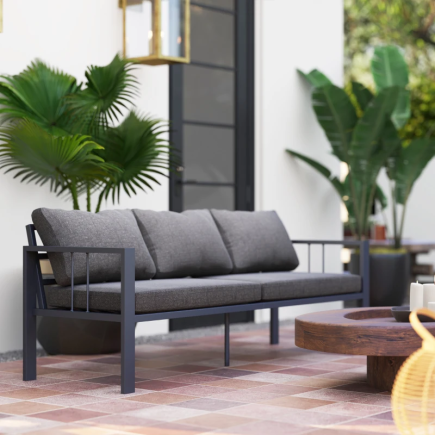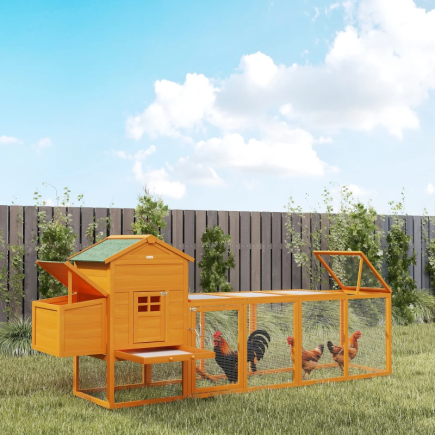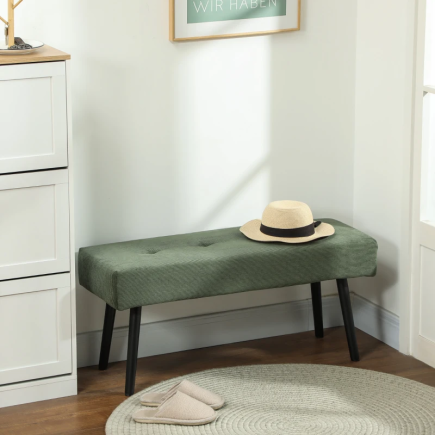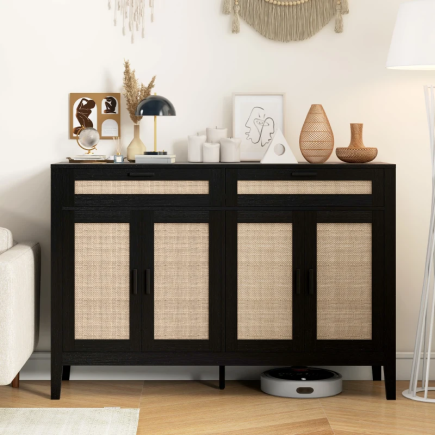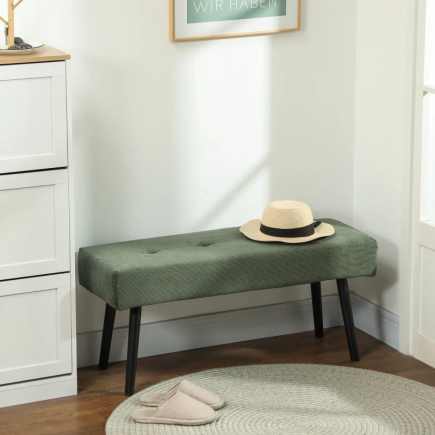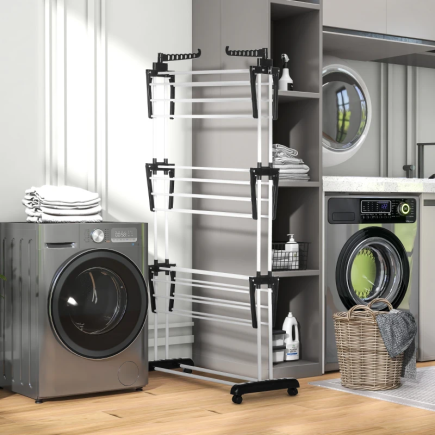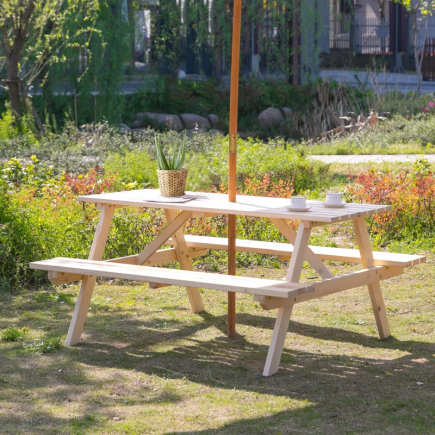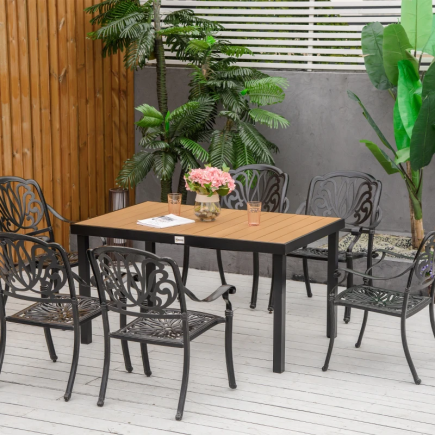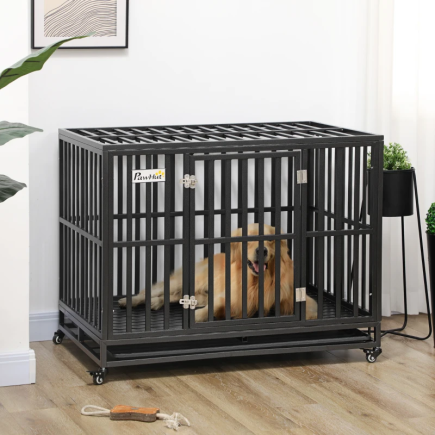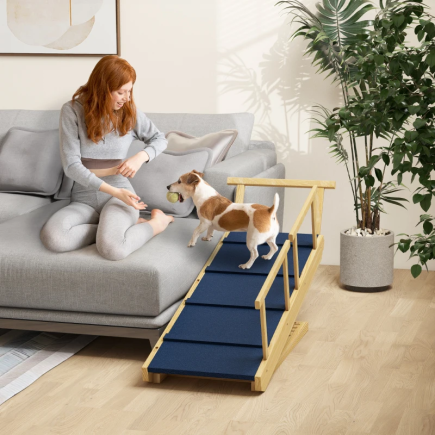When the temperature rises, staying cool can become a challenge, especially in warm weather. Tower fans are an excellent and cost-effective solution for circulating cool air in your living space. Unlike traditional box or pedestal fans, tower fans are sleek, space-saving, and highly efficient at cooling down your room without taking up much space.

Choosing the right tower fan for your home isn’t always an easy task. With so many models available, each with different features, sizes, and prices, how do you know which one is the best fit?
Determine Your Room Size and Cooling Needs
Before you start browsing for tower fans, it’s essential to assess the size of your room. Tower fans work best when matched with the correct space, ensuring that the airflow circulates efficiently. Inadequate airflow may leave parts of your room feeling warmer, while too much power could waste energy. Here’s how you can determine the right fan for your space:
How to Measure Your Room
- Square Footage
Measure the length and width of your room and multiply them to get the square footage. For example, a room that measures 12 feet by 15 feet would be 180 square feet.
- Ceiling Height
Tower fans are typically more effective in rooms with standard ceiling heights. If your room has a high ceiling, consider a fan with higher CFM (Cubic Feet per Minute).
- Room Layout
Take into account the presence of obstacles like furniture that might block airflow.

Understanding CFM (Cubic Feet per Minute)
CFM measures how much air the fan can move. It’s crucial to match the right fan to your room size for effective cooling. Here’s a quick guide to matching CFM to room size:
| Room Size | Required CFM |
| Small Room (under 150 sq ft) | 1000-1500 CFM |
| Medium Room (150-250 sq ft) | 1500-3000 CFM |
| Large Room (over 250 sq ft) | 3000-5000 CFM |
Pro Tip: When in doubt, choose a fan with slightly higher CFM than required to ensure the fan can circulate air properly, even in larger rooms or open-plan areas.
Features That Make a Difference: What to Look for in a Tower Fan
When selecting a tower fan, there are several extra features that can enhance its usability and comfort. Here’s a breakdown of the must-have features:
Oscillation
The best tower fans come with oscillation functionality, allowing them to cover a larger area by rotating left and right. Look for fans that oscillate at least 90 degrees.

Speed Settings
Ensure the fan has multiple speed settings (at least 3) so you can adjust airflow based on your needs, whether you’re cooling down quickly or just need a light breeze.
Timer Function
Many tower fans come with timers, which allow you to set the fan to turn off after a certain period. This is perfect for users who want the fan to run while they fall asleep but don’t want it on all night.

Remote Control & Smart Features
Remote control operation is a huge bonus for convenience. Some fans also feature app controls, allowing you to adjust settings from your phone or even use voice assistants like Alexa or Google Assistant.

Consider the Noise Level: Choosing a Quiet Fan for Bedrooms
Noise levels are an important consideration when choosing a tower fan, particularly if you plan on using it in spaces like bedrooms, offices, or nurseries. No one wants to be kept up all night by a noisy fan.
Why Noise Level Matters
Tower fans operate using motors that create different levels of sound depending on the fan’s speed setting. The sound is usually measured in decibels (dB). A decibel range of 30-50 dB is ideal for quieter environments, while higher settings (60 dB and beyond) are more suitable for larger, more open spaces where noise isn’t as much of a concern.
How to Evaluate Noise Levels
- Test in-store: If possible, test the fan at different speed settings in-store before making a purchase.
- Look for Quiet Fans: Fans designed for bedrooms or quiet spaces typically feature “night modes” that lower the fan speed and dim the lights, reducing noise.
| Noise Level | Decibels (dB) | Best Use |
| Whisper-Quiet | 25-30 dB | Bedrooms, Offices |
| Moderate Noise | 40-50 dB | Living Rooms, Kitchens |
| Loud | 60+ dB | Larger spaces, garages |
Design and Aesthetics: Picking the Right Look for Your Home
Design and aesthetics play a significant role when choosing a tower fan, particularly in homes where interior design is an important factor. Tower fans are known for their sleek, modern designs that blend well with most décor.

Options for Space-Saving Designs
If you have limited space, go for a compact fan. Some models are designed to be narrower or shorter, making them perfect for apartments, offices, or rooms with limited floor space.

Air Quality Features: Extra Benefits Beyond Cooling
Some tower fans are equipped with air purifiers and filters that help improve indoor air quality. These features are particularly useful in homes with pets, allergies, or high levels of dust.
Tower Fans with Air Filtration
- HEPA Filters
These are excellent for removing allergens, dust, and other particulates from the air, making them a good choice for people with respiratory issues.
- Ionizers
Some tower fans also include ionizers that help reduce airborne contaminants by emitting negative ions that bind to dust and particles, causing them to fall to the ground.
Price vs. Value: How to Get the Best Bang for Your Buck
When purchasing a tower fan, it’s essential to evaluate the price against the features offered. High-end models may come with extra features, but budget-friendly options can still provide excellent performance if you choose wisely.
How to Evaluate Price vs. Features
- Budget-Friendly Fans
Typically, these range from $70 to $90. They offer basic features like oscillation and a few speed settings, perfect for small to medium-sized rooms.
- Mid-Range Fans
Between $90 and $150, these often come with more speed settings, a timer, and remote control functionality.
- Premium Models
Premium fans, priced above $150, may offer features like air purifiers, smart technology, and very low noise levels. These are ideal for large rooms or homes where performance and energy efficiency are key.
Safety Features and Easy Maintenance
Safety is always a top priority, especially if you have children or pets in your home. Many tower fans are designed with safety in mind, including bladeless models that prevent accidental injuries.
Bladeless Designs
Bladeless fans are a great option for households with small children or pets. They are also easier to clean, as there are no blades to gather dust and grime.
Ease of Cleaning
A fan that is easy to clean will last longer and provide better airflow over time. Look for models with removable covers, washable filters, and accessible parts for easy maintenance.
Choosing the best Tower Fan comes down to understanding your specific needs and finding the right balance between room size, airflow power, noise level, energy efficiency, and added features. Whether you’re looking for a quiet option for your bedroom, a sleek design that fits your decor, or an advanced model with air filtration and smart controls, tower fans offer versatile cooling solutions for every space.
FAQs
1. Are tower fans better than pedestal fans for bedrooms?
Yes, tower fans are often better for bedrooms because they are quieter, more compact, and provide a steady vertical airflow that can cover a wider area at lower speeds.
2. Can a tower fan help reduce electricity costs?
Tower fans consume significantly less power than air conditioners. Using them strategically for circulation can reduce your reliance on AC, helping to cut energy costs in summer months.
3. What type of fan moves the most air?
Ceiling fans with a 12° to 15° blade pitch move the most air. Blade angle matters more than blade count for creating stronger airflow.
4. Do tower fans cool down a room?
Tower fans don’t lower room temperature but improve airflow to make spaces feel cooler and more comfortable by reducing stagnant air.

